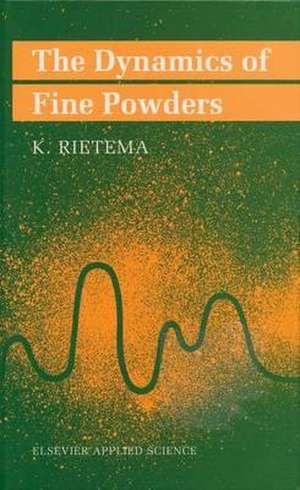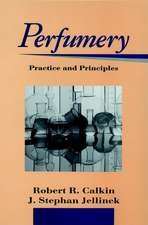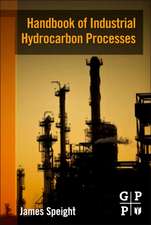The Dynamics of Fine Powders: Handling and Processing of Solids Series
Autor K. Rietemaen Limba Engleză Hardback – 31 aug 1991
Preț: 590.16 lei
Preț vechi: 694.31 lei
-15% Nou
Puncte Express: 885
Preț estimativ în valută:
112.95€ • 121.93$ • 94.71£
112.95€ • 121.93$ • 94.71£
Carte tipărită la comandă
Livrare economică 19 aprilie-03 mai
Preluare comenzi: 021 569.72.76
Specificații
ISBN-13: 9781851665945
ISBN-10: 1851665943
Pagini: 276
Ilustrații: XII, 262 p.
Dimensiuni: 140 x 216 x 19 mm
Greutate: 0.59 kg
Ediția:1991
Editura: SPRINGER NETHERLANDS
Colecția Springer
Seria Handling and Processing of Solids Series
Locul publicării:Dordrecht, Netherlands
ISBN-10: 1851665943
Pagini: 276
Ilustrații: XII, 262 p.
Dimensiuni: 140 x 216 x 19 mm
Greutate: 0.59 kg
Ediția:1991
Editura: SPRINGER NETHERLANDS
Colecția Springer
Seria Handling and Processing of Solids Series
Locul publicării:Dordrecht, Netherlands
Public țintă
ResearchCuprins
1 General Introduction.- 1.1 Powders: what are they?.- 1.2 Powder behavior.- 1.3 Powders in industry.- 1.4 Powder operations.- 1.5 Origin and production of powders.- 1.6 About this book.- 2 Particle and Powder Characteristics.- 2.1 Characterization of single particles.- 2.2 Particle size distribution.- 2.3 The powder packing.- 2.4 The coordination number.- 3 Mechanics of Powders at Rest.- 3.1 The stress tensor.- 3.2 Two-dimensional system.- 3.3 Stress analysis of three-dimensional systems.- 3.4 The yield locus.- 3.5 The angle of repose.- 3.6 The free arch.- 3.7 Incipient fluidization.- 4 Theoretical Derivation of Interparticle Forces.- 4.1 Introduction.- 4.2 The Hamaker theory.- 4.3 Effect of particle deformation.- 4.4 Effect of gas adsorption.- 4.5 Practical implications.- 4.5.1 Powder cohesion.- 4.5.2 Powder elasticity.- 5 Two-phase Systems. The Equations of Motion.- 5.1 Introduction.- 5.2 Averaging of variables.- 5.3 The mass balances.- 5.4 The momentum balances.- 5.5 Constitutive equations.- 5.6 The buoyancy.- 6 Stability and Perturbations.- 6.1 Introduction.- 6.2 Continuity waves.- 6.3 The continuity shock wave.- 6.4 Stability of a homogeneous gas-fluidized bed.- 6.5 Other theories.- 6.6 Channelling.- 7 Experiments with Homogeneous Fluidization.- 7.1 Introduction.- 7.2 Description of apparatus.- 7.3 Experimental procedure.- 7.4 Experimental results.- 7.5 The effect of gravity.- 7.6 Discussion and conclusion.- 8 A Model of Expanded Powders.- 8.1 Introduction.- 8.2 The relation between elasticity and porosity.- 8.3 The coordination number.- 8.4 The relation between cohesion and elasticity.- 9 Rheology of Fluidized Powders.- 9.1 Introduction.- 9.2 Literature survey.- 9.3 Description of the apparatus.- 9.4 Measurements.- 9.5 Conditions for stable powder flow.- 9.6 Evaluation of the measurements.- 9.7 Correlation of the wall velocity.- 9.8 Conclusions.- 10 Fluidization in Practice.- 10.1 Introduction.- 10.2 The freely bubbling bed.- 10.3 Single bubbles.- 10.4 The bubble-cloud mechanism.- 10.5 General proof of cloud mechanism.- 10.6 Correlation with interparticle forces.- 10.7 Overall circulation.- 11 Handling of Powders.- 11.1 Introduction.- 11.2 Milling experiments.- 11.3 Mixing and segregation.



